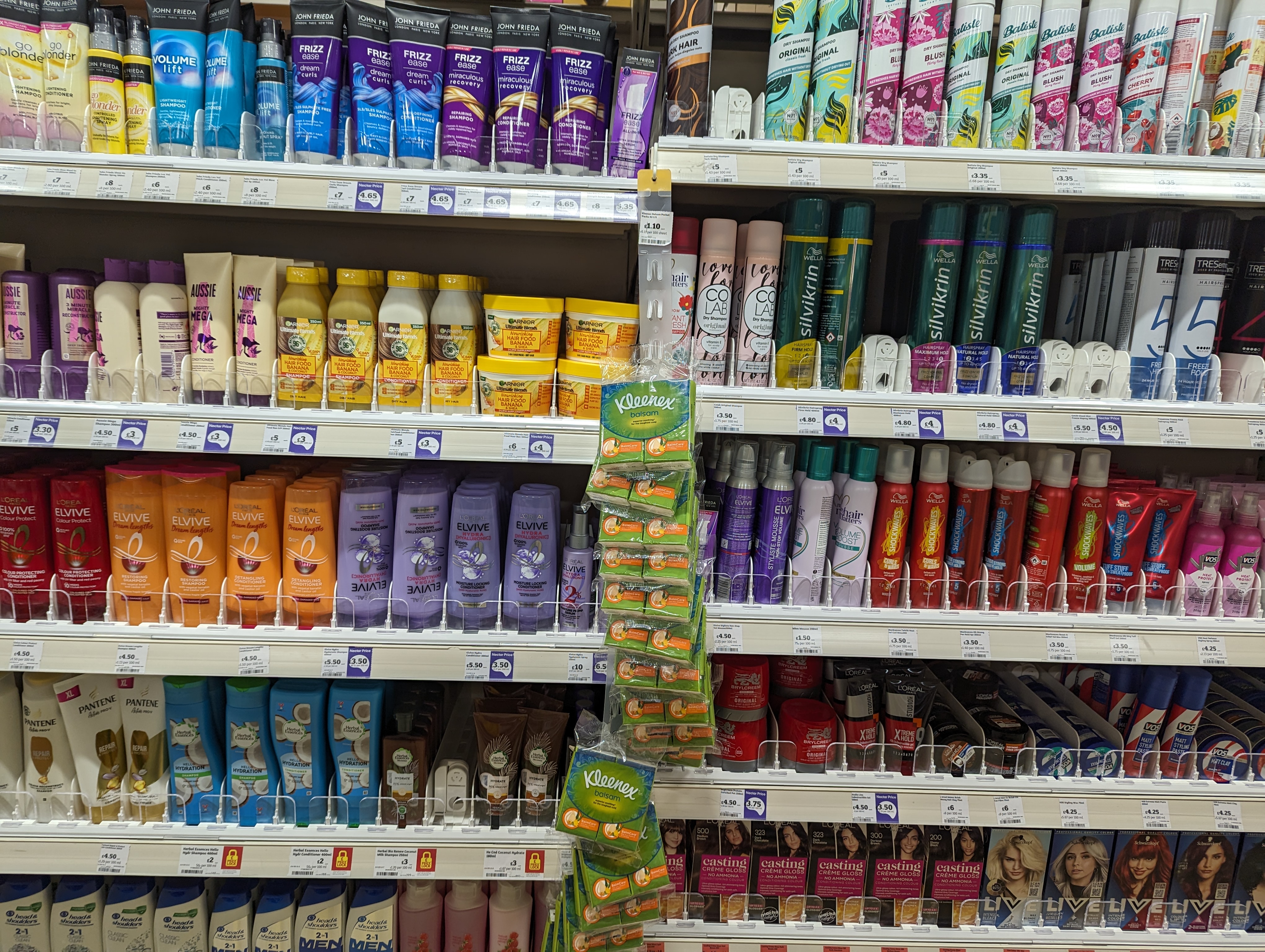
One price.
, .
In 1884 Michael Marks opened his first Penny Bazaar, in Leeds. Later he would team up with Thomas Spencer at Dewhirst's warehouse just across the road and form one of Britain's best-known retail brand: Marks & Spencer. I still shop at Kirkgate Market where it all started, though rarely at the small memorial stand they recently put in next to the longer-established clock.
.jpg)
A recent trip to Grainger Market in Newcastle where the oldest still-operating Marks & Spencer still welcomes customers reminded me to finish writing this post.
Marks' innovation was to charge all of his customers the same price for every item. This saved time. "Don't ask the price, it's a penny" he advertised, in a rare correct use of an apostrophe by a market trader. This practice further set in place a system that persists for almost all goods in Leeds Market and all small purchases elsewhere in the UK today; no-one haggles over prices, and everyone pays the same.
But today, more and more of what we buy isn't purchased this way. Instead of one price, we have two. One for members, clubcard, nectar, and advantage card holders. And the other price, increasingly one that is unreasonably inflated, for people without those cards or apps, or who forget to swipe them or scan them at the right time before they pay.

Does this matter? A lot of people would say no. The cards I just mentioned are free to sign up for and with apps on the smartphones we almost all have with us all the time you don't even have to keep them in your wallet or purse.
I'm less positive. Signing up to every app and remembering to scan the right code every time you buy something is a pain. Some people are worried about handing over their data to the supermarkets, though I am not. My issue is with what this does to the functioning of markets.
Price conscious consumers and efficient markets.
Most of us don't care that much about prices. We don't drive around looking for the cheapest petrol station before we fill up our cars. We don't go to three shops before we buy the milk to put in our tea. We don't check the price of a pint in a pub before we order one. Once we're in a shop we probably care which tea is on offer and we can be tempted to switch brand by a discount, but that's only because it takes a few seconds to decide.
But that's not what everyone is like. A small but important percentage of us are very price conscious. We do all of the things I just listed to find the best price, and more. A retailer that offers a good price or a big discount will quickly find themselves making lots more sales as these people find and reward them. And this is the cool part. If there's one price, we all benefit from these heroes of capitalism incentivising shops to lower their prices. Attracting the 10, 20, or 30 percent of the most price conscious customers is worth it for a shop because of all the extra sales they deliver, even if the profit they make off the rest of us is slightly lower.
But what if the price conscious shoppers don't pay the same price as we do? What if they always pay the lower price? The incentive for shops to lower the prices that the rest of us pay is much lower, and we can expect higher prices than otherwise.
My concerns are not ridiculous. There is sound economic theory behind them, and good economic work to show that both in theory and in practice a single posted price delivers the best outcome for consumers. Of course the economics are loyalty cards that are free to sign up for is slightly more complex and nuanced than bartering vs. listed price systems — but the basic property of the system is importantly the same.
Government regulation.
Does this mean that the UK government should intervene and ban loyalty card discounts? Not necessarily, UK supermarket profits remain low, though the CMA is currently looking into it.
My hope is that this new trend fades away as quickly as it has grown. Tesco and Sainsbury's have lost market share as Aldi and Lidl have expanded rapidly. Given its role in their success, it is not a surprise that Tesco has deepened its price discrimination via the Clubcard to try and fight back. Nor is it a great surprise that Sainsbury's and Co-op have emulated them. The latter two, much newer to price discrimination, will learn quickly whether it works or not for them.
Few consumers forget the time they are ripped off because their rush to catch the bus, their well-refreshed state, or the distraction of their screaming child distracted them from scanning their Clubcard and they paid £8 for a bottle of wine that was listed in bright yellow for £5. I reckon that'll put an end to most card and app prices just as Marks and Spencer's pricing transparency put an end to the frustration people felt upon learning that a neighbour paid less for the same item purchased at the same time from the same market stall. I hope so anyway.